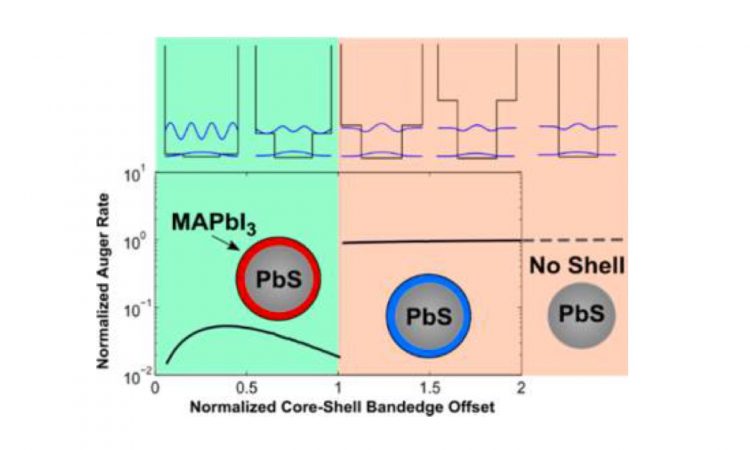What’s in a screen? It might be tiny particles called quantum dots – a novel material for everything from screens to solar cells. But how do researchers optimize new materials like quantum dot films? One type of spectroscopy – called transient absorption – could help.
Nanoparticles and Mirrors: A “Bright” Future for Nanocrystal Blinking
You probably look in a mirror every morning: fix your hair, maybe even take a selfie. But the idea of using mirrors to look at molecules – that just sounds crazy, right? Maybe not – but you’ll have to read this Chembite to find out!
Set phasers to stun: Accelerating chemical reactions with precise IR laser pulses
Heating a chemical reaction to accelerate the reaction rate is like setting phasers to kill, it may get the job done but it’s certainly not the most elegant or effective method. What if you could provide just enough energy to break the appropriate bonds and control exact product outcomes without wasting energy?
Quantum Dot Lasers: Improving Efficiency with Perovskite Shells
Lasers are cool – everyone who’s seen a sci-fi movie knows that. But we still haven’t figured out how to use them to their full potential in real life. This paper explores some ways to improve the efficiency of quantum dot lasers, which have a myriad of applications in computers to cell imaging.




